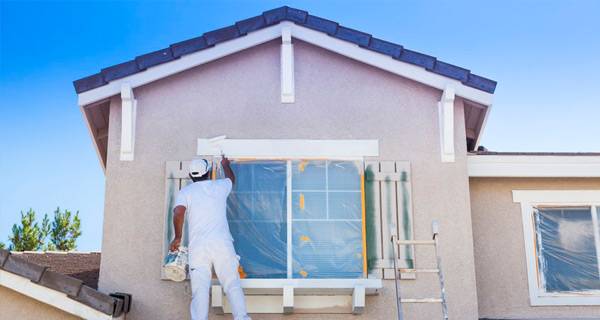October 1, 2015
 With the publication of HUD 4000.1, the new FHA Single Family Home Loan policy handbook, we’ve been addressing certain rules and regulations found in the new rules to help borrowers and lenders alike understand official policy, updates, changes, and restatements of previous regulations as published by the FHA/HUD.
With the publication of HUD 4000.1, the new FHA Single Family Home Loan policy handbook, we’ve been addressing certain rules and regulations found in the new rules to help borrowers and lenders alike understand official policy, updates, changes, and restatements of previous regulations as published by the FHA/HUD.
FHA appraisals are also affected by the new handbook. One area that contains crucial information about the appraisal process is the section of FHA appraisal rules that govern safety/environmental hazards as might be found during the appraiser’s review of a property to be purchased with an FHA mortgage.
In some cases, you may notice some additional features to this section, and revised language that gives more clarity or guidance for appraisers and lenders. From HUD 4000.1 Section II Part B:
“The Appraiser must report known environmental and safety hazards and adverse conditions that may affect the health and safety of the occupants, the Property’s ability to serve as collateral, and the structural soundness of the improvements.”
“Environmental and safety hazards may include defective lead-based paint, mold, toxic chemicals, radioactive materials, other pollution, hazardous activities, and potential damage to the Structure from soil or other differential ground movements, subsidence, flood, and other hazards.”
Most with even a passing familiarity with FHA appraisal rules know about the FHA guidelines regarding lead-based paint. Houses built prior to 1978 may contain lead paint and peeling paint is not considered just a cosmetic problem in such cases.
But a newer FHA appraisal requirement involves something not even thought of when the original FHA loan rules about lead-based paint were written. Now, FHA appraisal guidelines also include instructions to the appraiser on how to deal with properties that have damage or contamination due to methamphetamine manufacture and/or consumption:
“If the Mortgagee notifies the Appraiser or the Appraiser has evidence that a Property is contaminated by the presence of methamphetamine (meth), either by its manufacture or by consumption, the Appraiser must render the appraisal subject to the Property being certified safe for habitation.”
“If the effective date of the appraisal is prior to certification that the Property (site and dwelling) is safe for habitation, the Appraiser will complete the appraisal subject to certification that the Property is safe for habitation.”
“If the effective date of the appraisal is after certification that the Property (site and dwelling) is safe for habitation, and the Mortgagee has provided a copy of the certification by the certified hygienist, the Appraiser must include a copy of the certification in the appraisal report.”
“The Appraiser must analyze and report any long-term stigma caused by the property’s contamination by meth and the impact on value or marketability.”
It may seem shocking that such provisions are even necessary, but in certain cases these appraisal rules are not only appropriate, but necessary.
Do you work in residential real estate? You should know about the free tool offered by FHA.com. It’s designed especially for real estate websites–a widget that displays FHA loan limits for the counties serviced by those websites.
It’s simple to spend a few seconds customizing the state, counties, and widget size for the tool; you can copy the code and paste it into your website with ease. Get yours today: http://www.fha.com/fha_loan_limits_widget

